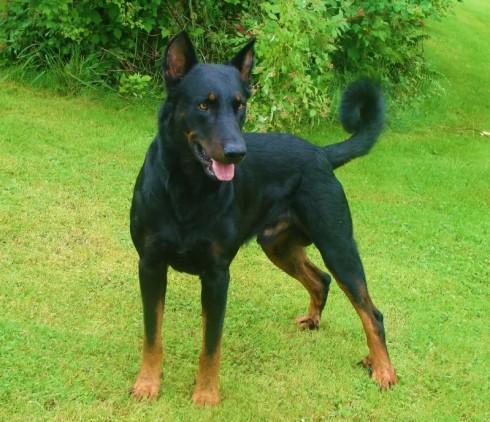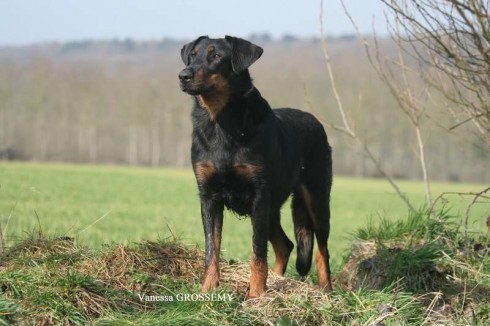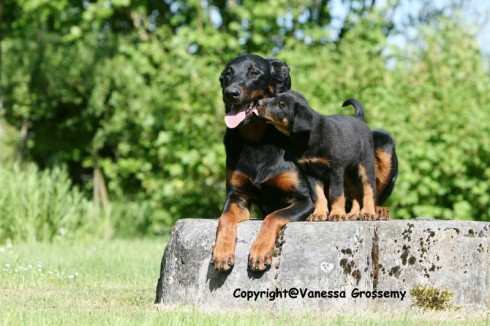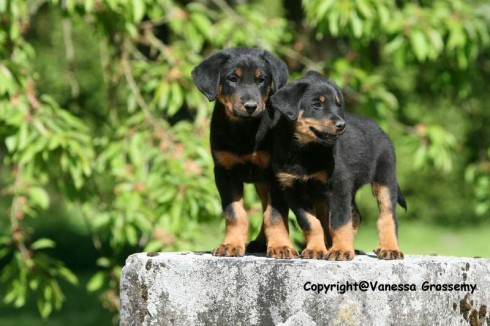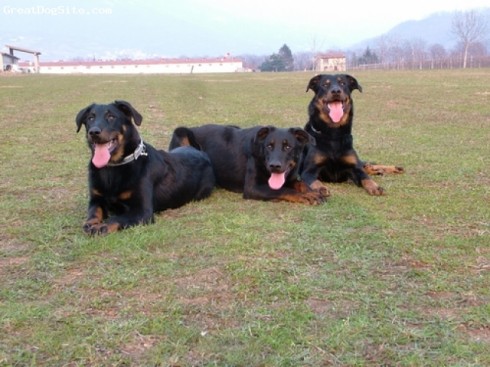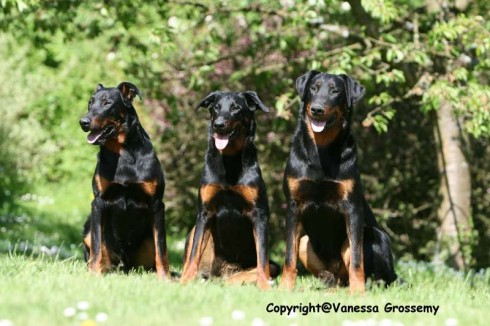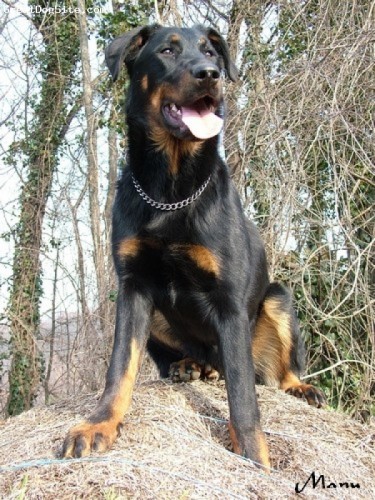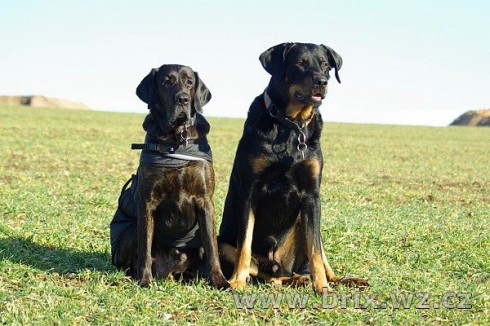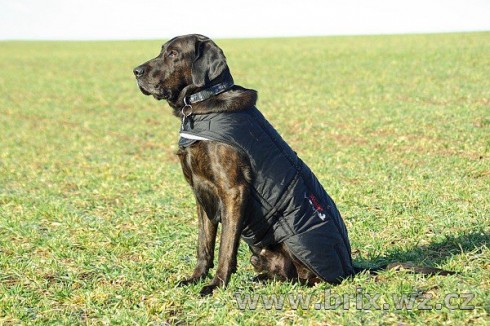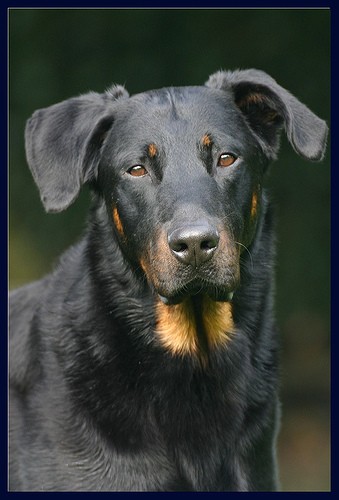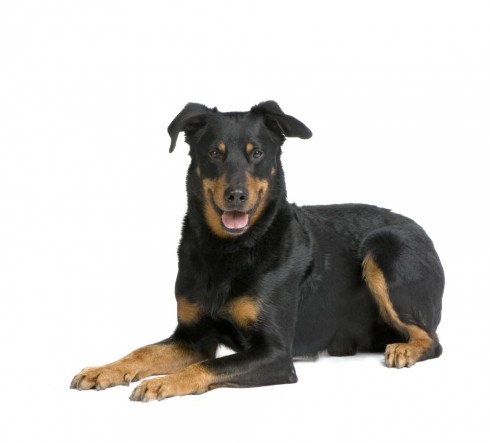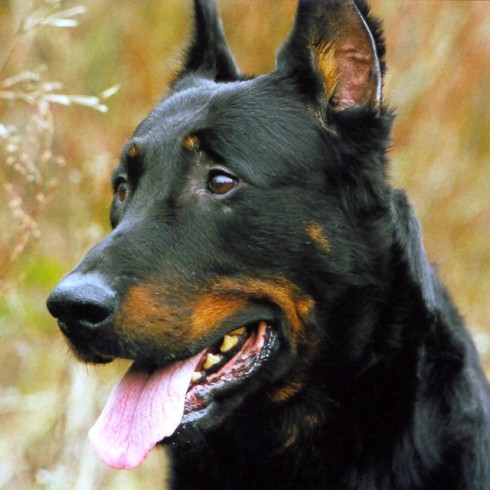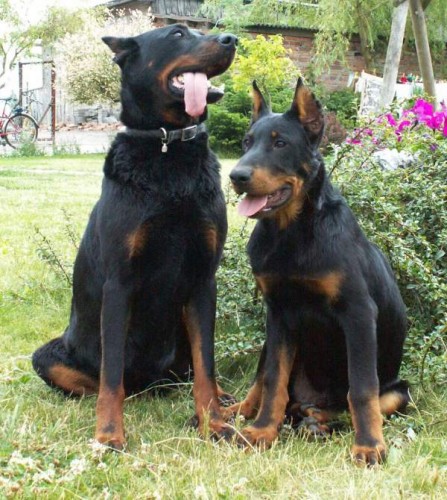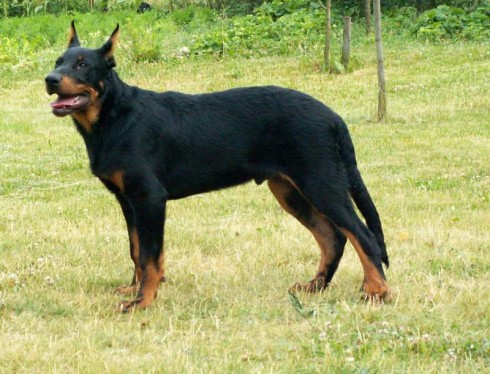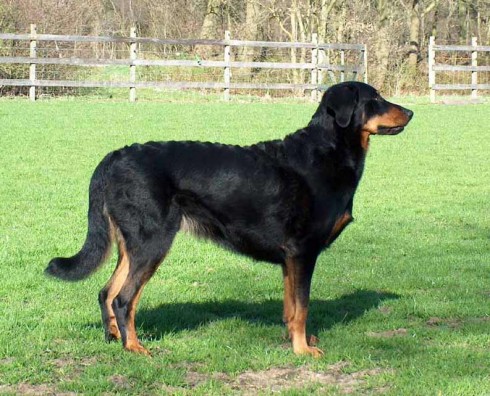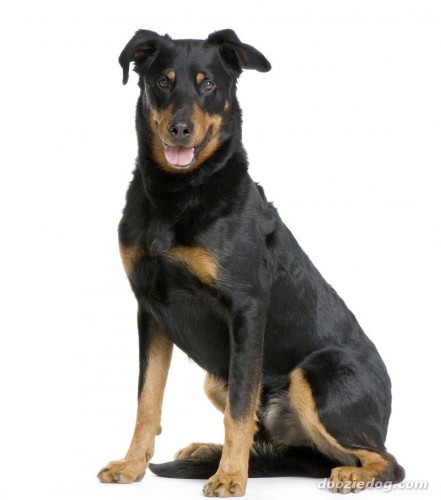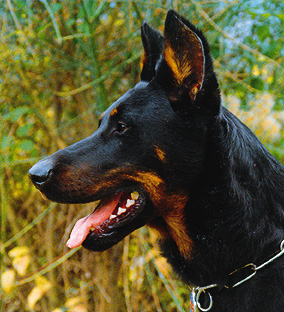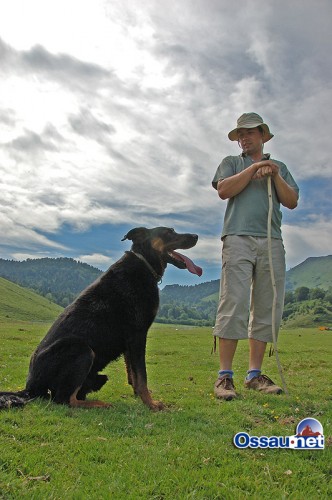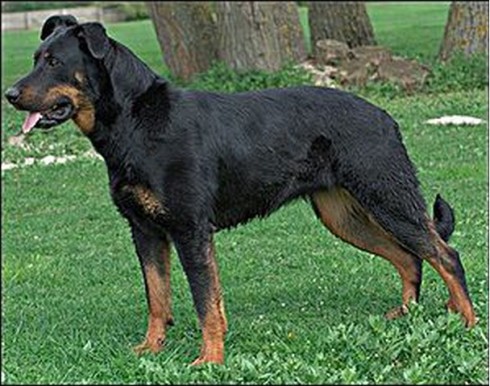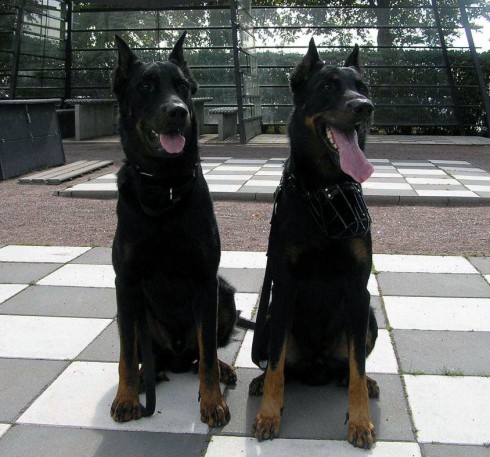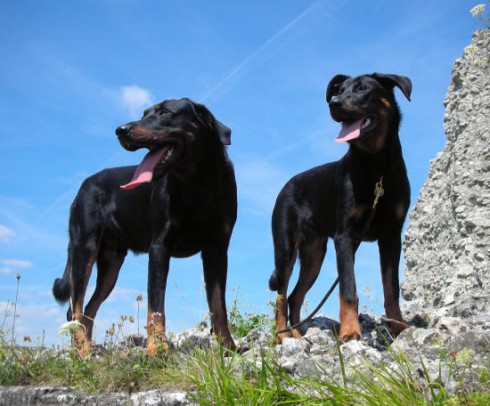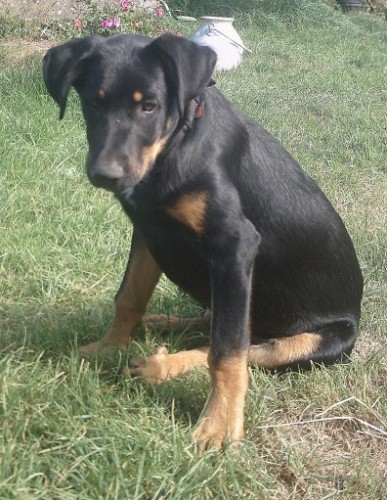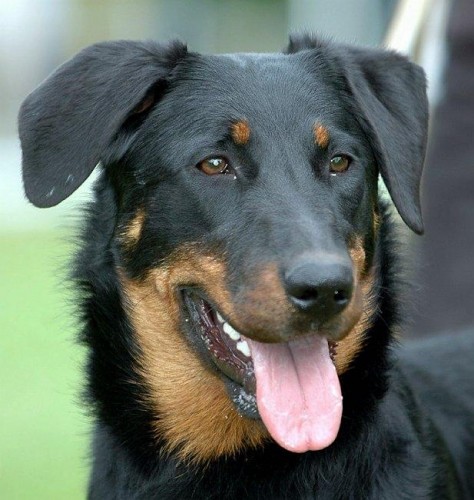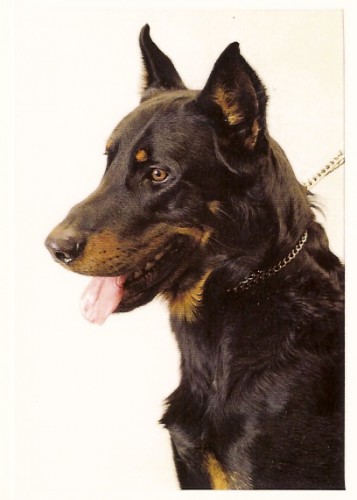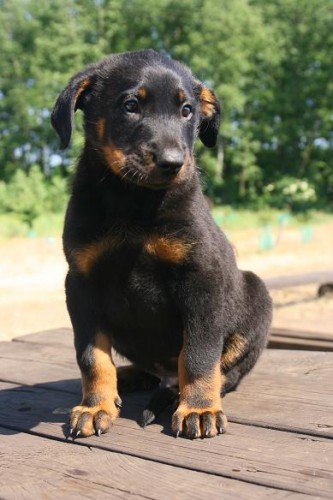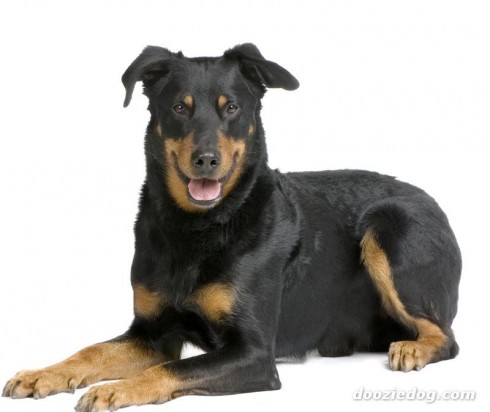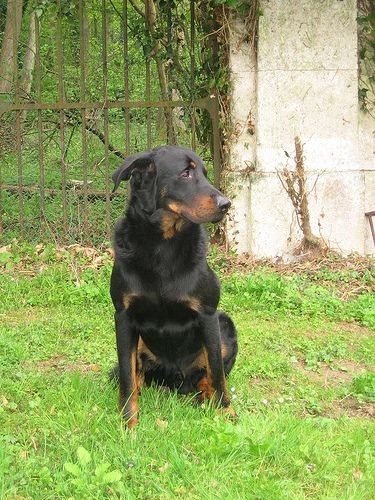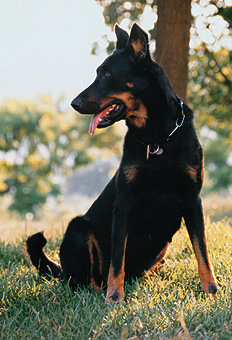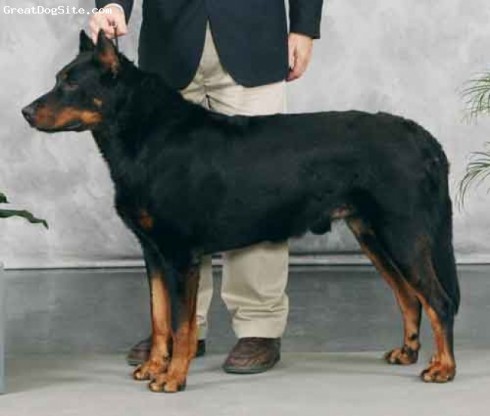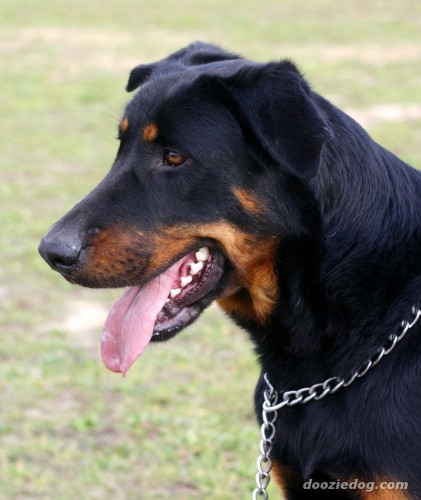Main Index
In Store
Our Web Store
Miniature Schnauzer Picture Gallery
Latest Dog Blogs
- What Are The Basic Commands To Train A Dog?
- PaySafe As The Most Popular Type Of Deposit
- Everything You Need To Know About Pet Sales
- Dogs Contribute To Our Physical And Mental Well Being
- How To Choose Where To Bet On Greyhounds In 2022
- Volunteer With Animals - How To Help Dogs Around The World
- Basic Understanding Of The House Edge
- Why You Should Get A Dog
- Top 20 Popular Dog Names Around The World
- Constipation in Dogs and How to Find Solutions
Beauceron
The Full Beauceron Description
He is a dog at heart, with spirit and initiative, wise and fearless with no trace of timidity. Intelligent, easily trained, faithful, gentle and obedient, the Beauceron possesses an excellent memory and an ardent desire to please his master.
Dig you know?
The Beauceron is a distinct French breed of herding dog. Though almost unknown outside of France, the Beauceron has a long history. It is a very old breed developed solely in France with no foreign crosses. The Beauceron is a dog of the lupoid type. The earliest record so far found of what is thought to be this breed dates back to a renaissance manuscript of 1578. In 1809, the abbey Rozier reported plain dogs destined for guarding flocks and herd. In 1863, Pierre Megnin differentiated with precision two types of these sheepdogs: one with a long coat (The Berger de Brie "Briard") and the other with a short coat (the Berger de Beauce "Beauceron"). They are used extensively on farms in France to herd sheep and in some cases cattle. Of the many sheep herding dogs in France, the Beauceron is the preferred choice.
Indicative Breed Standard
General Appearance
Large and solid. Unexaggerated, powerful, muscular build, without heaviness.
Characteristics
Versatile, working/sheep herding dog.
Temperament
Bold, fearless, intelligent.
Head and Skull
In proportion to body. Skull flat or slightly rounded from side to side, slight furrow between eyes. Occiput well defined. Moderate stop set midway between tip of nose and occiput. Width of skull and depth of head slightly less than half length of head. In profile, top of strong muzzle appears parallel to top of skull. When viewed from side, narrow or snipy appearance undesirable.
Eyes
Dark, oval, medium sized, with well pigmented rims. Horizontally placed.
Ears
Dropped, flat, not set close to head. Length equal to half that of head.
Mouth
Teeth strong, full dentition. Jaws strong with a perfect, regular and complete scissor bite, ie upper teeth closely overlapping lower teeth and set square to the jaws.
Neck
Muscular, blending smoothly into withers. Strong, to give proud head carriage.
Forequarters
Shoulder blade and upper arm approximately equal in length and with moderate angulation. Well defined withers. Brisket reaching elbow. Chest wide and deep. Forelegs clean and muscular, medium bone and straight when seen from all angles.
Body
Firm, level back. Ribs long and well sprung. Loin wide, very muscular. Slightly sloping croup which determines the set of the tail. Length of body from withers to set on of tail slightly longer than height at withers. Bitches may be slightly longer than dogs.
Hindquarters
Moderately angulated stifle. Vertical from low set hock joint to foot. Well muscled. Seen from behind, legs parallel. Double dewclaws set close to foot.
Feet
Strong, round, tight, turning neither in nor out. Nails black, pads hard but supple.
Tail
Carried low and hanging straight, reaching to hock and with loose hook at end.
Gait/Movement
Effortless, supple and free, with good reach, to display strength and endurance in the extended trot.
Coat
Short on head. Short, rough, thick and coarse laying close to body. Approximately 3-4cm (1.25-1.5 ins) long. Slight breeching on rear of thigh and under tail. Undercoat short, fine, soft and dense, preferably light grey and not showing through topcoat.
Colour
Black and Tan: Markings rich and bright. Tan above eyes, on side of muzzle, narrowing on to cheeks but not reaching under ears. Two spots preferred on forechest rather than continuous band. Marked also on throat, under tail and on feet up to hock and pastern. Leg markings narrowing upwards on outside, but blending higher on inside. A few white hairs on chest permissible. Tricolour - Grey, Black and Tan: Coat has grey and black patches which are evenly distributed over body, with more black than grey. Tan markings as in Black and Tan.
Size
Dogs: 65-70 cms (25½-27½ ins); Bitches: 63-68 cms (25-27 ins).
About Our Article Directory
- Article
- 27 November 2010
- 2 comments
Canis lupus familiaris
- Breed Article
- 29 May 2010
- No comments
Quick Search
Donate
Latest Dog Pods
- Tips on How to Stop Your Dog from Biting
- Beware - Not All Advertised Dog Rescues Really Are! How Can You Know The Truth?
- Helpful Tips For Dog Obedience Problems
- How to Keep Dogs From Eating Poop
- Dog Grooming Tips - A General Overview of the Very Basics of Dog Grooming
- Recognising Different Types of Dog Obedience Problems
- 5 Important Tips On Feeding A Puppy


